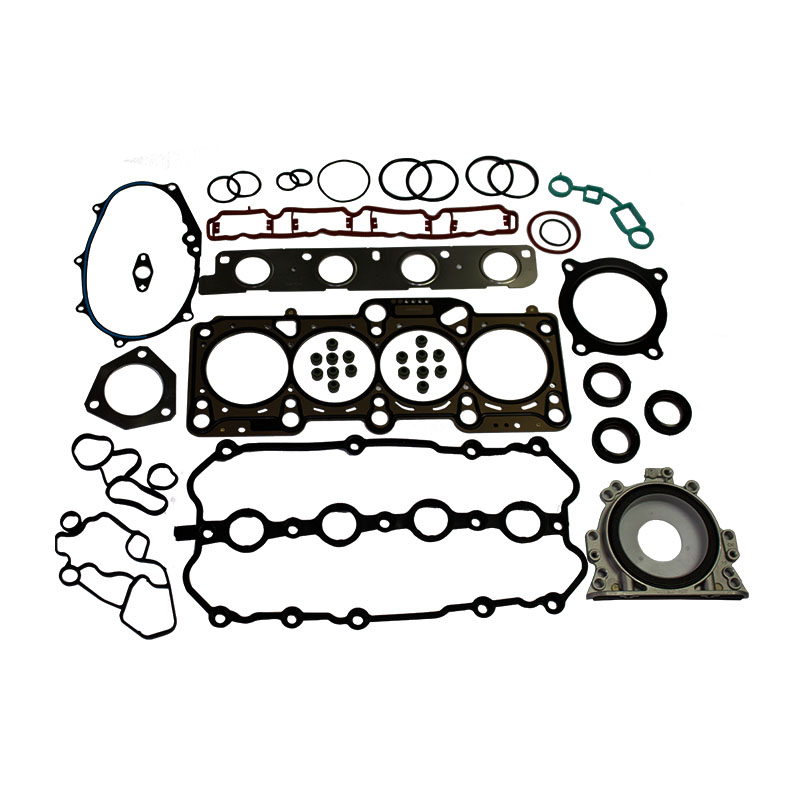Understanding Loose Oil Drain Plug Issues and Their Impact on Vehicle Performance
Understanding Loose Oil Drain Plugs Causes, Consequences, and Solutions
The oil drain plug is a crucial component in any vehicle's engine system, serving as the primary outlet for used engine oil during routine changes. However, a loose oil drain plug can lead to various problems, including oil leakage, low oil pressure, and engine damage. This article delves into the causes of a loose oil drain plug, the consequences it presents for vehicle performance, and effective solutions to prevent and address this issue.
Causes of a Loose Oil Drain Plug
Several factors can lead to a loose oil drain plug. The most common culprit is improper installation. When changing the oil, if the plug is not tightened sufficiently, it can gradually work loose as the vehicle is driven. Additionally, overtightening can strip the threads, leading to a poor seal and potential loosening over time.
Another reason for a loose oil drain plug is wear and tear. Over time, vibration from the engine and regular driving can cause mechanical components to shift. This includes the oil drain plug, which can become loose as the engine operates. Environmental factors such as temperature fluctuations can also affect the integrity of the plug and surrounding components.
Lastly, using the wrong type of oil drain plug can contribute to the problem. If a replacement plug is not compatible with the specific make and model of the vehicle, it may not create a secure fit. This highlights the importance of using appropriate parts during maintenance to avoid complications related to a loose oil drain plug.
Consequences of a Loose Oil Drain Plug
The most immediate consequence of a loose oil drain plug is oil leakage. When the plug is not securely fastened, oil can escape from the engine, leading to potential puddles under the vehicle and unsightly stains on driveways or parking lots. This not only creates a mess but also raises environmental concerns.
loose oil drain plug

Moreover, a significant drop in oil levels due to leakage can lead to low oil pressure, which is detrimental to engine health. Oil plays a critical role in lubricating engine components, reducing friction, and dissipating heat. Low oil levels can cause increased wear and tear, overheating, and even catastrophic engine failure if not addressed promptly.
Additionally, the loose oil drain plug can lead to the accumulation of dirt and debris in the oil system. This contamination can further compromise engine function and longevity, requiring costly repairs or replacements.
Solutions to Prevent and Address Loose Oil Drain Plugs
To prevent issues related to a loose oil drain plug, regular maintenance is key. During oil changes, it is essential to follow the manufacturer's guidelines for torque specifications when installing the plug. Using a torque wrench can help ensure that the plug is tightened appropriately without being overtightened, which could strip the threads.
Regular vehicle inspections can also help detect any signs of oil leakage or issues with the oil drain plug. If a leak is identified, it is crucial to take immediate action before further damage occurs. Checking the condition of the oil drain plug and threads for wear can aid in determining if a replacement is necessary.
In the event that the oil drain plug becomes stripped or damaged, replacing it with the correct size and type is vital. Investing in a high-quality drain plug, potentially with a rubber or crush washer, can help create a better seal and prevent loosening over time.
Conclusion
A loose oil drain plug may seem like a minor issue, but the potential consequences can have a significant impact on vehicle performance and engine health. By understanding the causes and taking proactive steps for maintenance, drivers can ensure their vehicles run smoothly and efficiently. Regular checks and adherence to proper installation techniques are essential in mitigating the risks associated with loose oil drain plugs.
-
Understanding the Front Main Engine Seal: Purpose, Maintenance, and Installation
News Jul.29,2025
-
Understanding O-Rings and Seal Rings: Types, Applications, and Custom Solutions
News Jul.29,2025
-
Understanding Crankshaft Oil Seals: Rear Seals, Pulley Seals, and Their Role in Engine Integrity
News Jul.29,2025
-
The Importance of Front and Rear Crankshaft Seals in Engine Performance and Oil Management
News Jul.29,2025
-
Crank Oil Seals: Functions, Types, and Cost Considerations in Engine Maintenance
News Jul.29,2025
-
A Comprehensive Guide to O-Rings and Seals: Types, Materials, and Global Applications
News Jul.29,2025
-
Mastering Diesel and Performance Engine Maintenance: A Guide to Critical Oil Gaskets
News Jul.28,2025
Products categories















